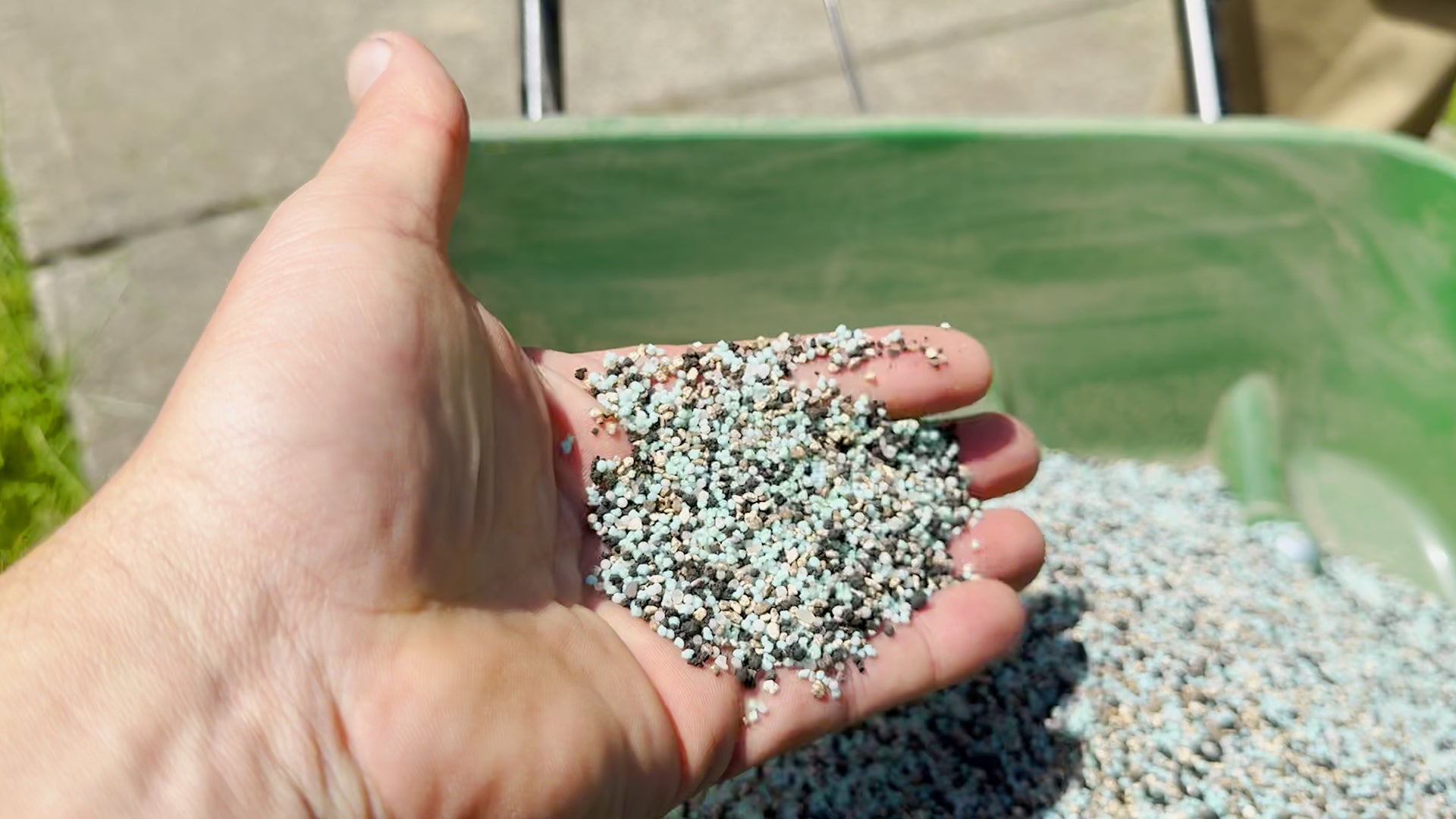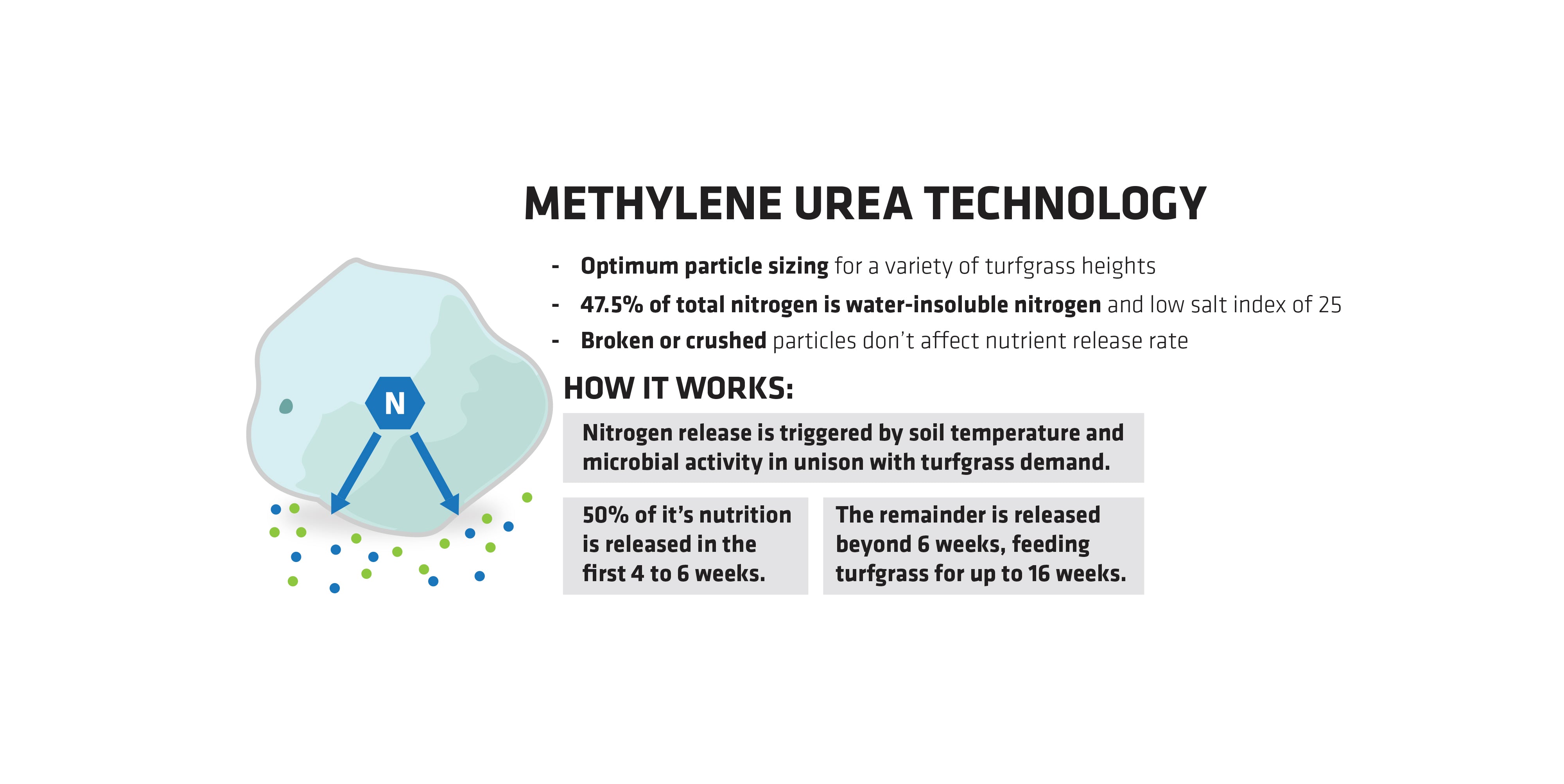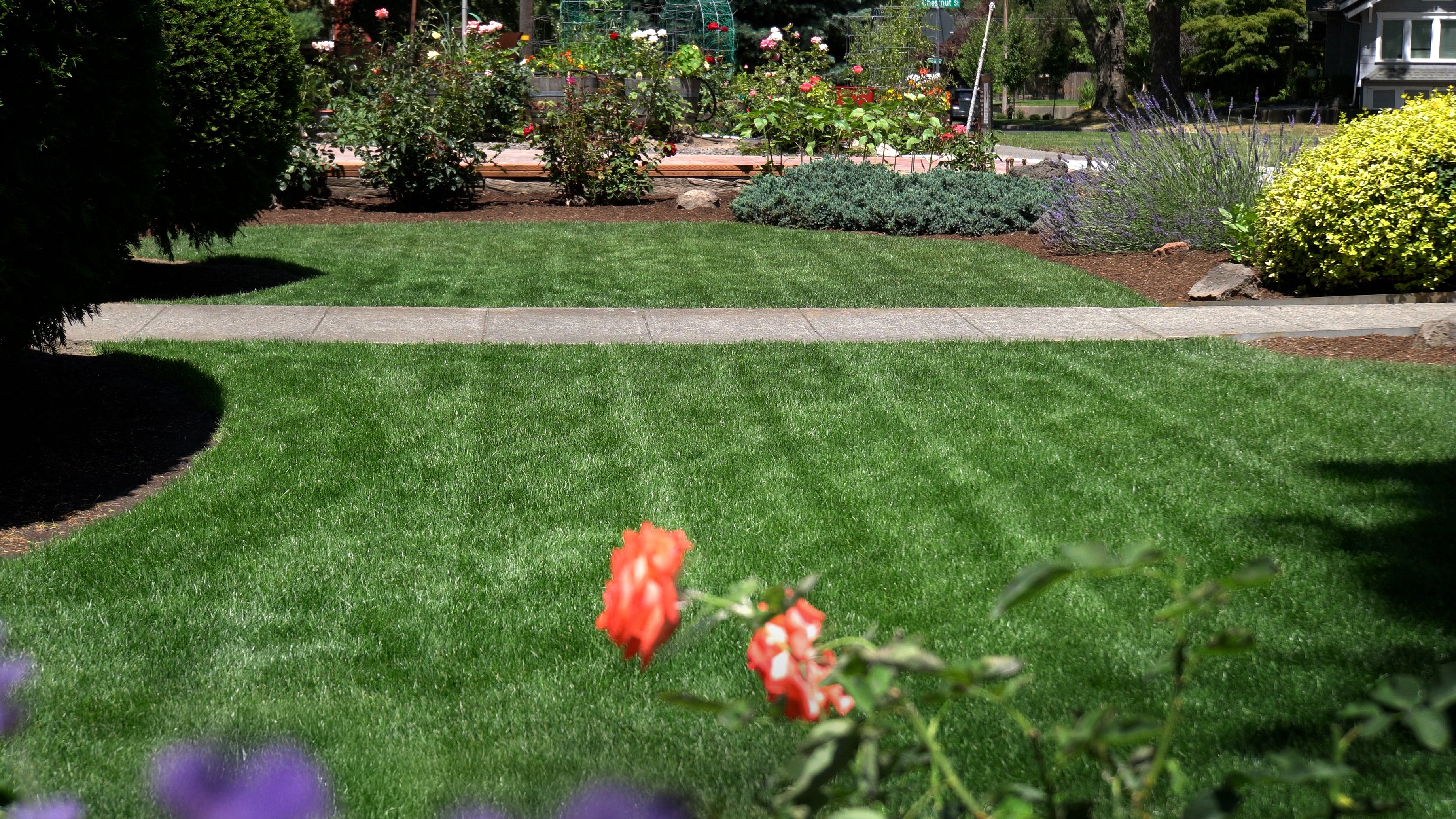Benefits of Compost & Biochar
There are many benefits to additions of organics such as compost and biochar. The benefits are biological, physical, chemical, climatic, and nutritional.
Do you want a living soil?
When adding organic materials you are feeding the soil biology. The bacteria and fungi that are responsible for nutrient cycling have more food, which will lead to more efficient nutrient cycling and decomposition of other organic inputs such as mulched grass clipping and leaves. Additions of
organic materials such as compost also leads to the proliferation of beneficial soil microorganisms.
Physically, additions of organic material can help build soil structure. Good soil structure leads to better water infiltration, as well as better aeration. Enhancing water infiltration and aeration results in better root growth, and therefore shoot growth. Total water holding capacity is increased simultaneously. Organic additions can also help to alleviate compaction by reducing the bulk density of the soil. Over time, this means that irrigation is more efficient and those dry spots should be less noticeable.
Chemically, more organic matter (especially biochar) provides more exchange sites for nutrients. What does this mean? Over time, consistent applications of organic materials, particularly those including biochar, will allow the soil to hold more nutrients in the rootzone. This minimizes the chances of certain nutrients leaching, or otherwise moving off site.
From a climatic perspective, each organic addition sinks carbon into the soil. The soil is the second largest carbon reservoir on earth, only surpassed by our oceans. As organic matter in the soil changes through time, it ultimately produces a relatively stable compound called humus. Humus is largely what imparts the dark brown to black color to soil and also infers high soil fertility. Sinking this carbon in the soil increases soil productivity, and reduces carbon dioxide in the atmosphere.
Nutritionally, additions of organic matter will release some plant nutrients as they break down, but just as important, is that the soils ability to hold nutrients will be increased through time as well.
Benefits of a Hybrid Organic & Non-Organic Fertilizer?
Curb Appeal’s hybrid organic-inorganic fertilizer optimizes soil and turf health by synergizing carefully selected components.
Organic Elements
Compost and biochar deliver multifaceted benefits: biologically, they nourish soil microbes, enhancing nutrient cycling and decomposition of organic inputs like grass clippings, while fostering beneficial microorganisms; physically, they improve soil structure, boosting water infiltration, aeration, and root growth, reducing compaction, and increasing water-holding capacity for more efficient irrigation and fewer dry spots; chemically, biochar increases nutrient exchange sites, minimizing leaching and retaining more nutrients in the rootzone; climatically, they sequester carbon, forming stable humus that enhances soil fertility, darkens soil color, and reduces atmospheric CO2, leveraging soil as the planet’s second-largest carbon reservoir; nutritionally, they release nutrients over time while improving the soil’s long-term nutrient-holding capacity.
Non-Organic Elements
Curb Appeal uses a blend of slow-release methylene urea and fast-release ammonium sulfate and urea, providing an immediate turf color and growth boost that lasts over 8 weeks, with reduced leaching risks due to microbial-driven nitrogen release. The inclusion of compost and biochar ensures healthy microbe populations, enhancing the efficiency and predictability of nitrogen delivery for a vibrant, resilient lawn that thrives with consistent, lower-rate applications.




